 Sun, wind, and the sea sparkle like gold... the land is like the last dot on the long S-shaped coastline of the beloved Fatherland. Ca Mau is far but close, evoking immense and poignant memories through each vọng cổ verse, so that each visit is a time filled with endless, beloved feelings...
Sun, wind, and the sea sparkle like gold... the land is like the last dot on the long S-shaped coastline of the beloved Fatherland. Ca Mau is far but close, evoking immense and poignant memories through each vọng cổ verse, so that each visit is a time filled with endless, beloved feelings...

Lac Long Quan Temple and Mother Statue - a work of cultural, historical and tourist significance of Ca Mau Cape
From Can Tho International Airport, we continued to travel more than 170 km to Ca Mau city, Ca Mau province. The first time to a coastal province in the southernmost part of the country, located in the Mekong Delta region, a dynamic land with 2 rainy and sunny seasons in a year gave us many interesting discoveries .
The car crossed Nam Can district to Ngoc Hien... everywhere were mangrove forests with rows of mangrove trees standing firmly on the windy and sandy coast... perhaps that is why the mangrove forest of Ca Mau is also called the Mangrove forest.

Mangrove forest with rows of Rhizophora trees stretching along the sandy beach of Ca Mau
Like the brave soldiers protecting the coast, evoking the image of resilience, indomitability and solidarity of the nation, the Mangrove forest also once... directly participated in the resistance war against the US, protecting and covering our army and people fighting to protect the Fatherland.
I remember the work "Ca Mau Mangrove Tree" by writer Doan Gioi praising the indomitability and fate of the Mangrove trees associated with the land of Nam Can like the people of the South always clinging to the land, clinging to the forest, united, determined to preserve national independence.
We stopped at Dat Mui commune, Ngoc Hien district (a district separated from Nam Can district). The district was named after the loyal revolutionary soldier, Hero of the People's Armed Forces Phan Ngoc Hien, associated with the Hon Khoai uprising. The sun in the season was even more dazzling and scorching, but the rows of Mangrove trees here were like giant umbrellas providing shade and protection... The boats sailed in the middle of the deep water, the sea breeze blew with a salty taste, we were able to enjoy the view of the southernmost region of our Fatherland.

Tourists take photos at GPS coordinate marker 0001 marking the southernmost point of the country.
Led by the Ca Mau Newspaper staff like tour guides, we were introduced to every detail. The moment we stood before the last milestone of the Ho Chi Minh trail was sacred. Besides the Km 0 milestone, another milestone with an equally sacred meaning was the GPS coordinate 0001.
Along with other coordinate markers at Lung Cu Flagpole (Ha Giang), A Pa Chai border junction (Dien Bien), Doi cape (Khanh Hoa), GPS coordinate marker 0001 Ca Mau cape - has marked the 4 extreme points of Vietnam's territory. And on the other side, Ca Mau boat's bow represents the aspiration to reach far, the indomitable will and resilience of the Vietnamese people.

Tourists experience in Ca Mau mangrove forest.
A version of the Hanoi Flag Tower was erected at Ca Mau Cape. Looking at the red flag with a yellow star fluttering in the sun and wind, an image of Hanoi appeared close to our minds as a reminder that even if we go to the end of the Fatherland, the heart of the capital Hanoi is still burning, beating forever in every Vietnamese person. The project bears a strong cultural and sacred historical mark, like a "red thread" connecting and binding "North - South" together and also carries the deep affection of the people of the Capital for the Cape - the southernmost place of the Fatherland.
Standing on high ground, we could clearly see Ca Mau Cape, surrounded by mangrove forests of the East Sea as well as the alluvial plains of the West Sea. In the distance, Hon Khoai appeared as if sending a message of the indomitable uprising initiated by Phan Ngoc Hien against the French colonialists.
A highlight of the cape is the Lac Long Quan temple and the Mother statue, which makes us feel like we are returning to our roots in a vivid way. The work gathers cultural values of the Hung King era, expressing the morality of drinking water and remembering its source, the sacred feelings and responsibility towards history, and the respect and gratitude of the children of Ca Mau towards the National Ancestor. This is also one of the meaningful tourist symbols of the southernmost land of the Fatherland - where "the land knows how to bloom", "the forest knows how to walk" and "the sea is fertile".
Through the mangrove forests are simple houses built undulating like elegant streaks of color, the people here are as simple as their tanned skin. Each smile, each greeting of theirs warms our hearts. Dat Mui, Nam Can, Ngoc Hien or Ca Mau city… there are many more, we cannot visit all in a short time…

Gifts from Ca Mau attract tourists.
Sitting by the sea listening to the roaring waves, the blue sea with the color of sunlight, we heard the vọng cổ melodies, the songs "Thương nhiều Cà Mau", "Đất mui Cà Mau", "Gửi về noi cuối đất", "áo mới Cà Mau", "Cà Mau ngay mới"... the passionate, sincere, poignant but generous, respectful of the sentiments of the Cà Mau people... "Chiều Cà Mau is like a strip of pink silk... the city's night is gentle like a girl, the age of the full moon is shy and timid, not splendid, proud but close and intimate..."
Then enjoy local specialties such as grilled mudskippers, salt-roasted crabs, coconut-fried snails, grilled shrimp with salt and chili... with a glass of fruit wine - gifts that nature generously bestowed upon this land with a transition between two ecosystems of saltwater and freshwater.
Not forgetting the stir-fried tiger prawns with chayote, we were truly honored guests when we enjoyed this special, sophisticated dish. Chayote from Tam Dao, Vinh Phuc combined with tiger prawns from Ca Mau created a new culinary dish, with the crunchy, sweet taste of the Northern forest combined with the rich, fresh taste of the Southern sea - like a yeast that strengthens the love between the two regions of the country. The dish was cherished and created by Mr. Ngo Minh Toan, Editor-in-Chief of Ca Mau Newspaper when he learned that a delegation from Vinh Phuc Newspaper was visiting...
“I heard that Ca Mau is very far away, at the end of the map of Vietnam. Why bother with the long journey, just come back to talk to each other”… Indeed, coming once is unforgettable, “Ca Mau people are extremely lovely… !”
Hope to return to Ca Mau one day…
Article and photos: Thu Thuy
Source


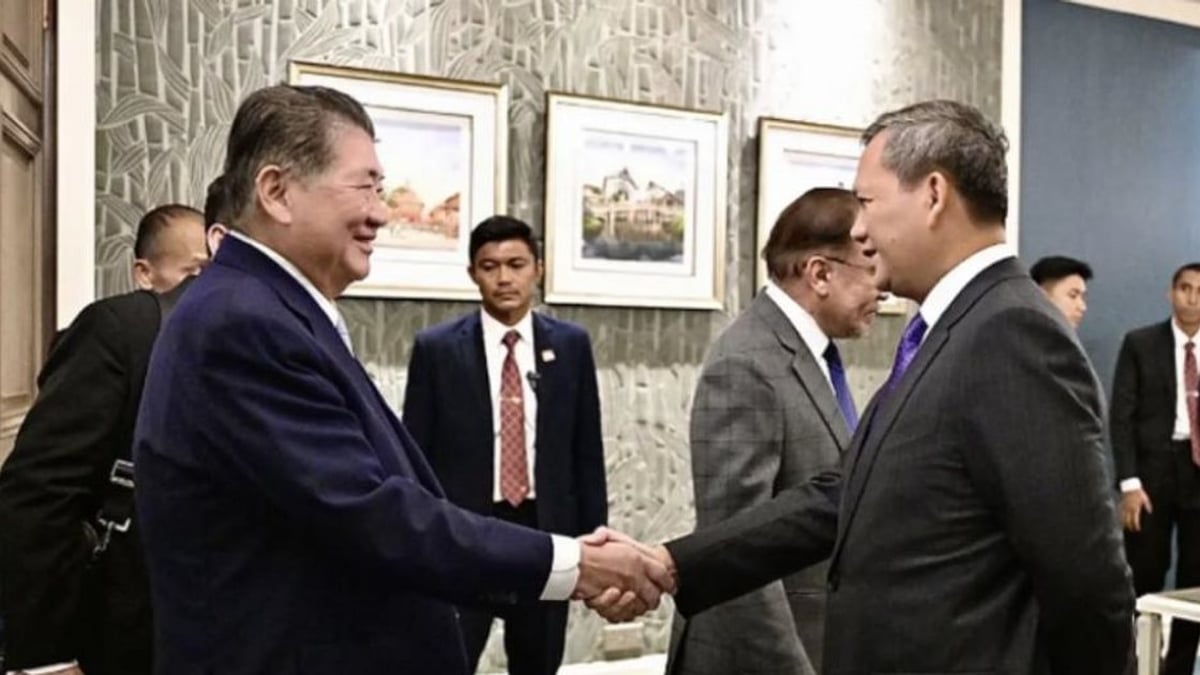

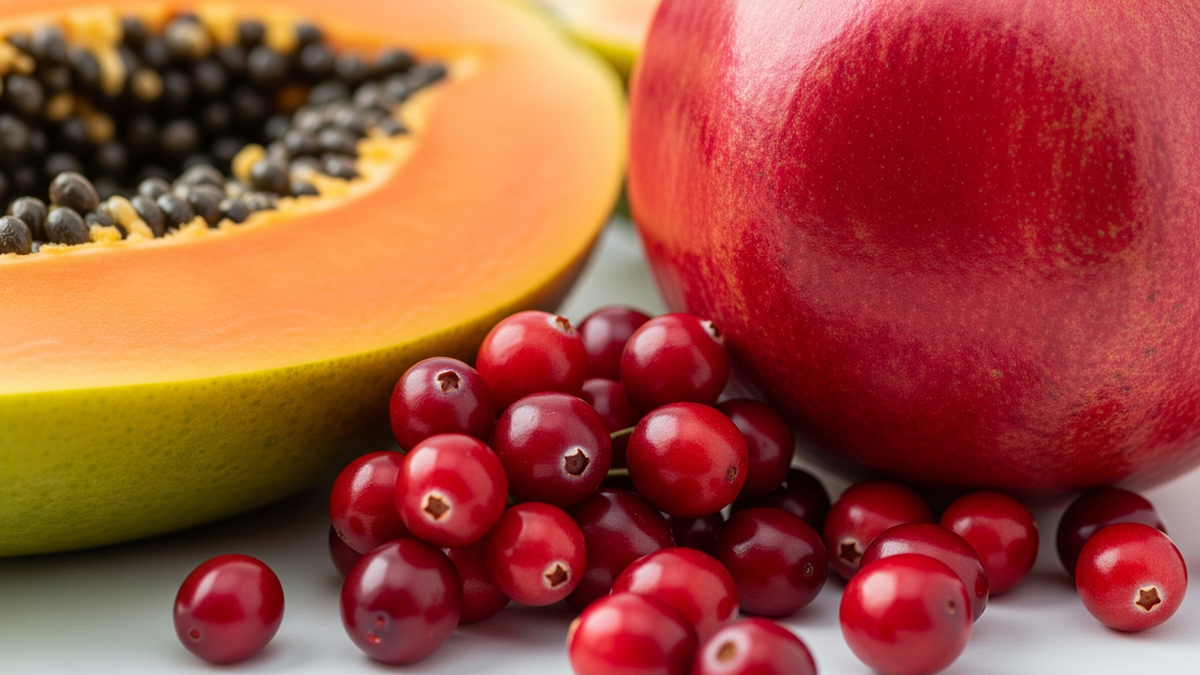
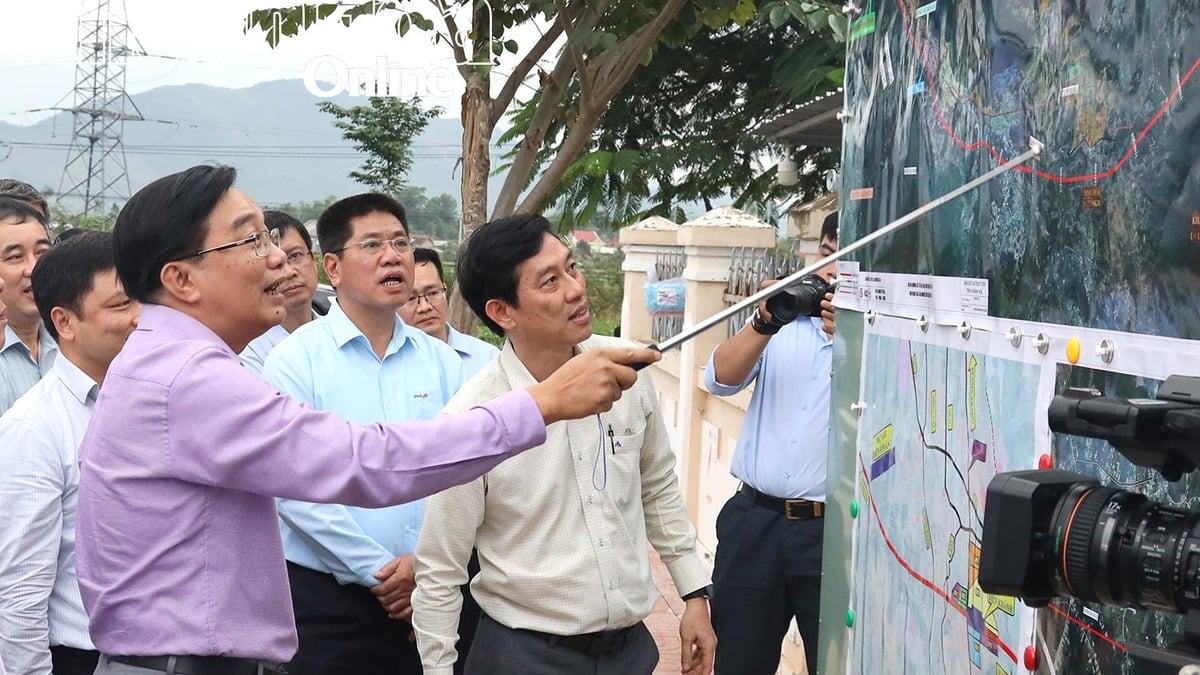
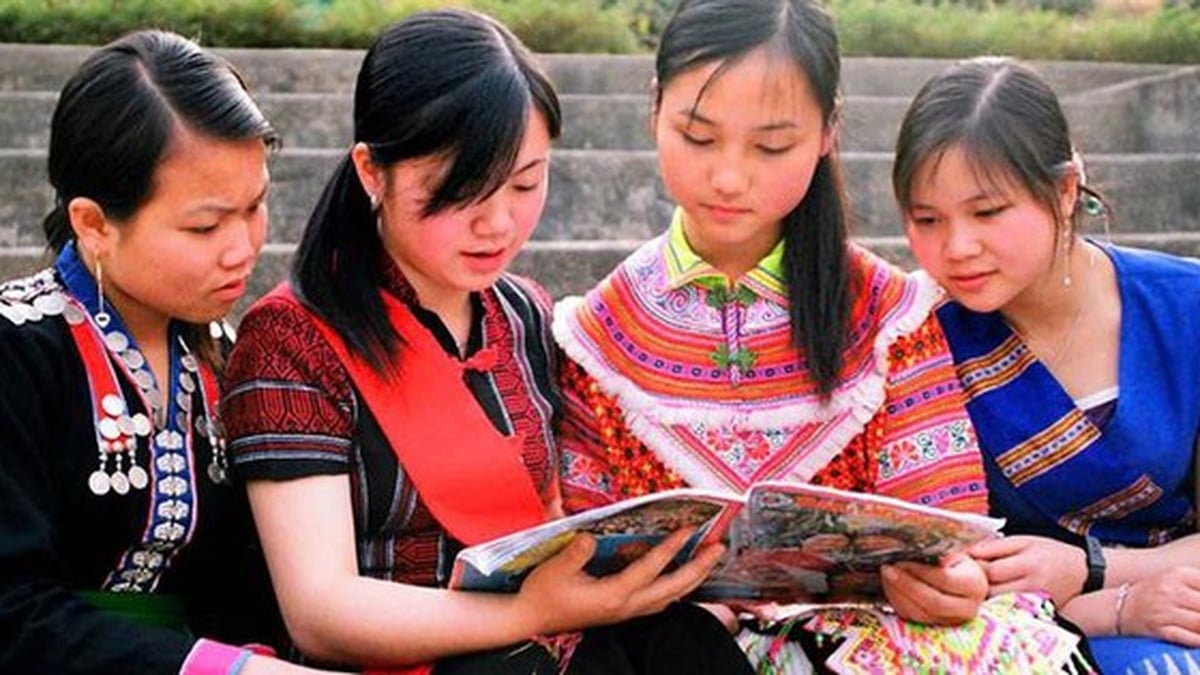
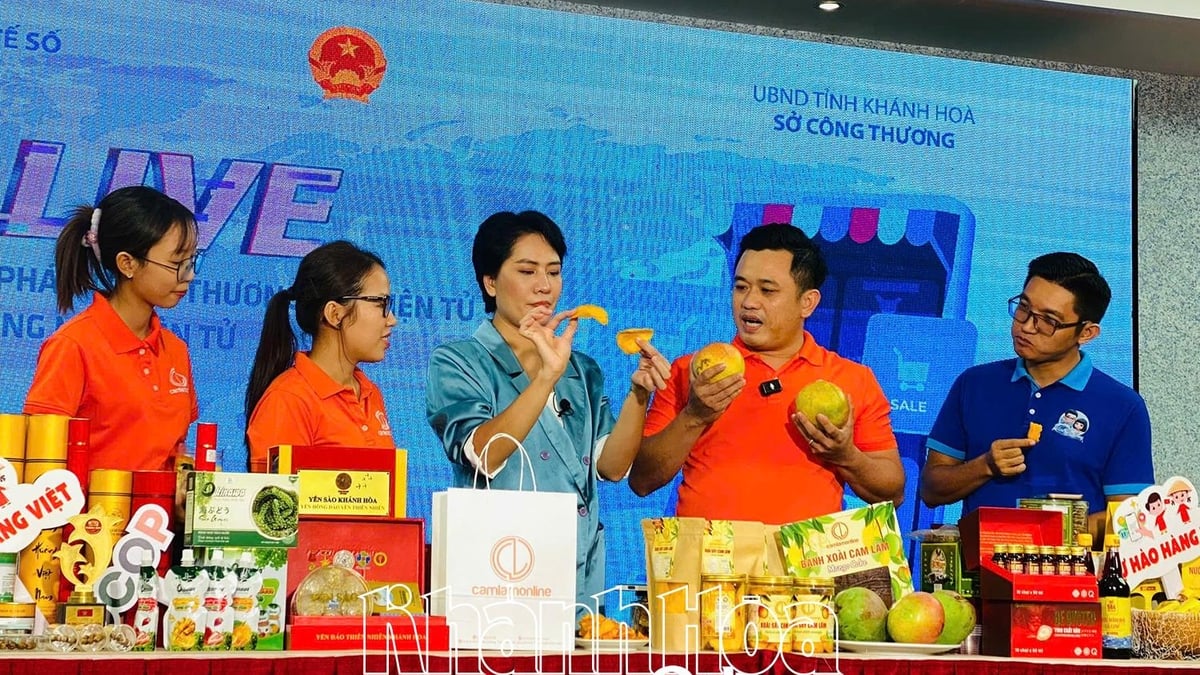

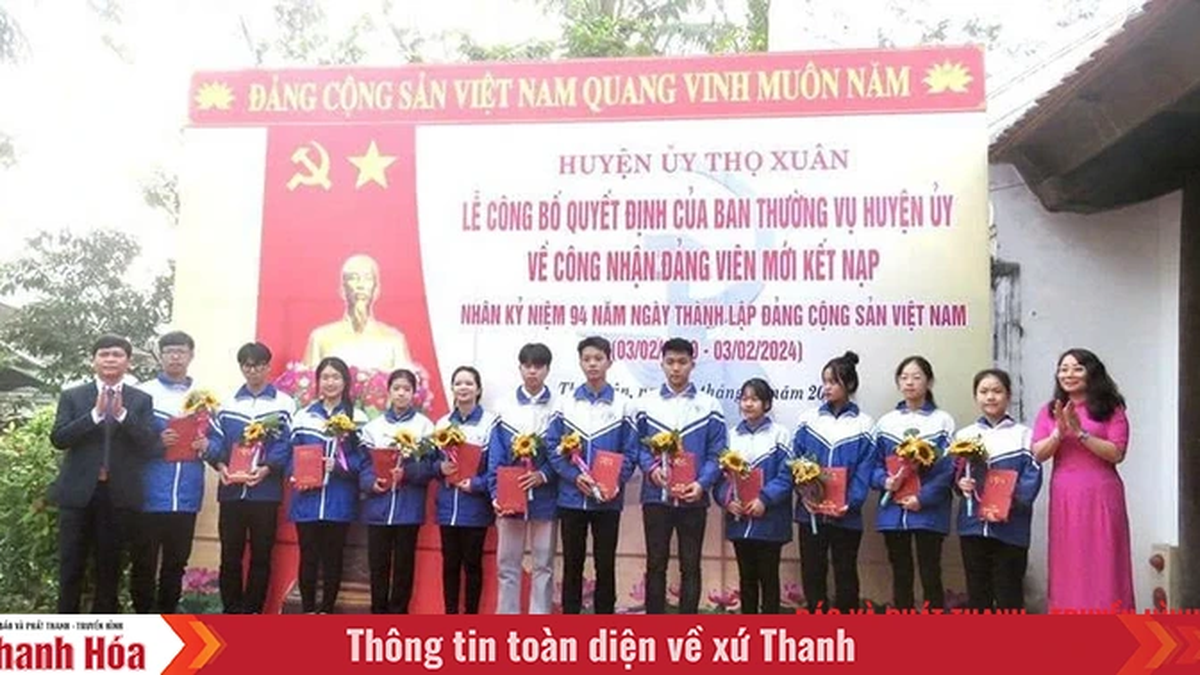

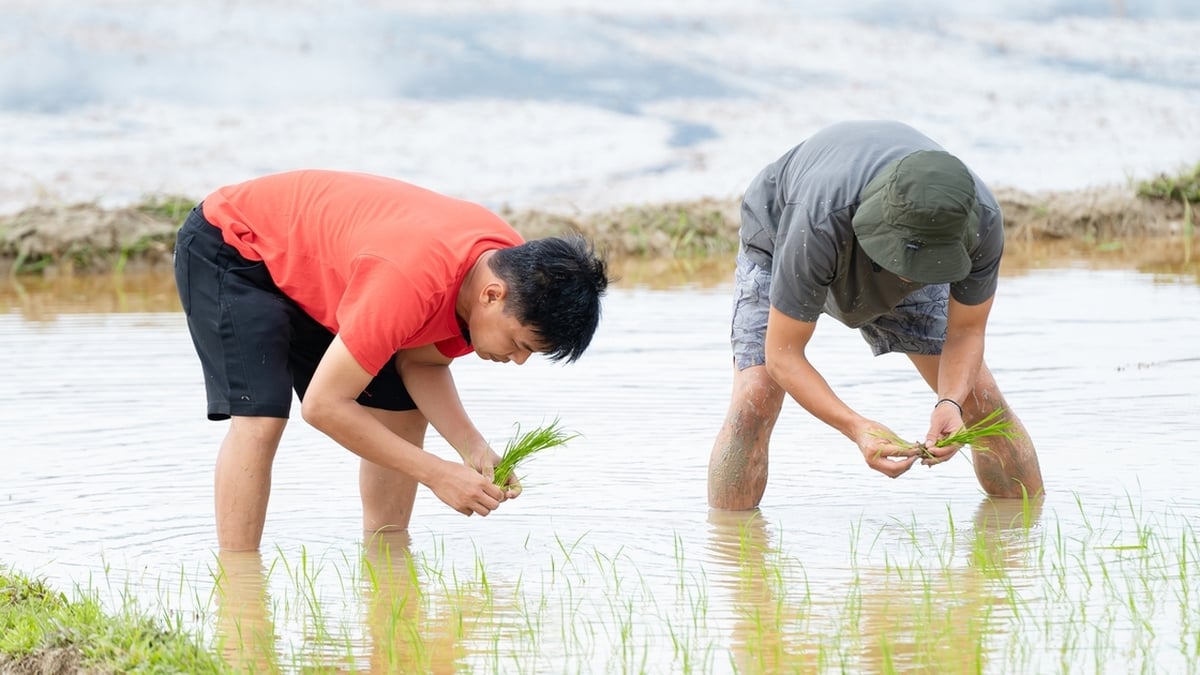
















![[Photo] National Assembly Chairman attends the seminar "Building and operating an international financial center and recommendations for Vietnam"](https://vphoto.vietnam.vn/thumb/1200x675/vietnam/resource/IMAGE/2025/7/28/76393436936e457db31ec84433289f72)





































































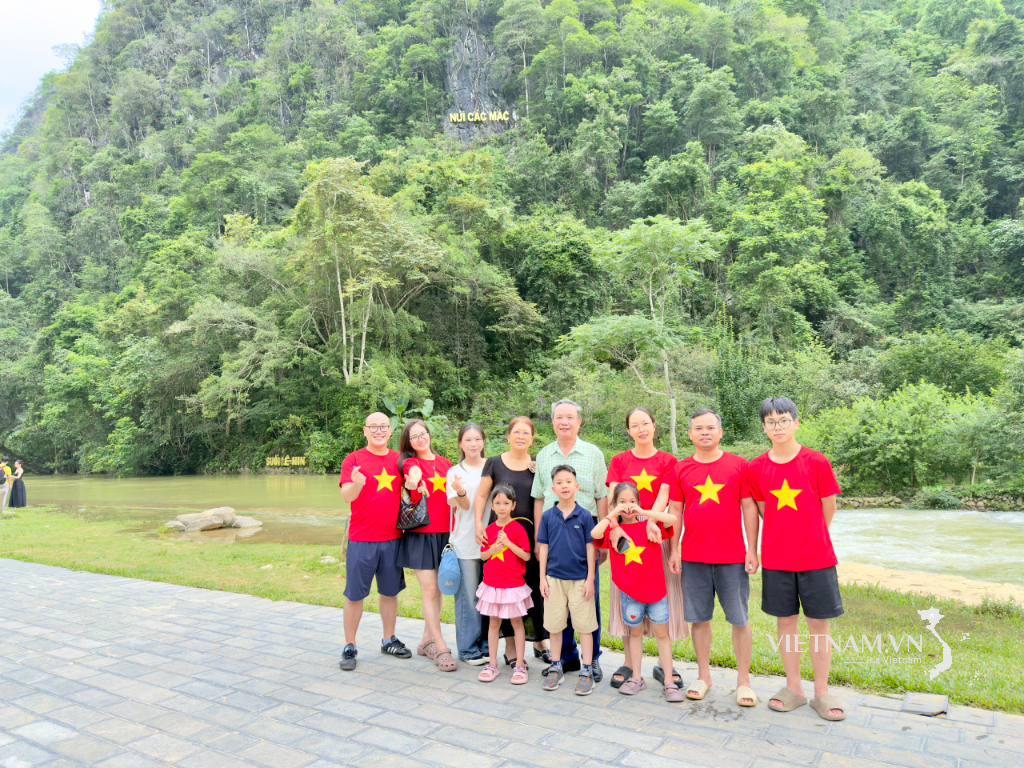

Comment (0)